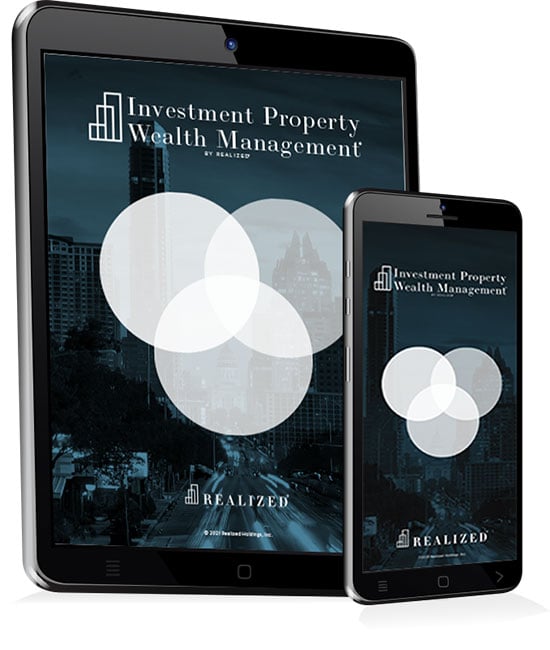
As your financial goals change over time, likely so does your investment strategy. We see this as an accepted tenet in stock portfolios' management, exemplified by the retirement target fund. When you are a young investor, you may have more aggressive asset accumulation goals accompanied by higher risk tolerance. The reasoning that supports this approach is that you have time to make up for any losses that you may incur, and you can afford to take greater chances in the pursuit of maximizing potential returns. Accordingly, an age-targeted approach would incline toward growth stocks. As you move closer to the time when you emphasize seeking income from your assets, your choices may shift in the direction of equities that aim to provide dividends. Eventually, as stability upstages growth as a goal, you may swing toward holding bond quality assets.
This same transformation can guide the evolution of your real estate portfolio. Suppose you are at the point in your investing journey when you are willing to accept greater risk to pursue higher rewards. In that case, you may be more aggressive in your strategy for property asset acquisition and disposition, perhaps investing in improvement properties or other products offering the potential for higher appreciation. At other times that approach may not be appropriate as you seek a more stable income.
When you seek to alter the balance of risk and return in your real estate portfolio, there are several choices to investigate. One fundamental principle is diversification across asset classes and sponsors, but you can go beyond that precept as you plan the distribution of your portfolio to enhance stability. Moving from direct ownership into passive fractional ownership can be accomplished by investing in DSTs and REITs, particularly regarding diversity in product types and sponsors. Use of 1031 exchanges can be the vehicle you use to transfer working capital from assets requiring management to those managed on your behalf in a DST.
What is the difference between a DST and a REIT, and why can't I do a 1031 exchange to a REIT?
A DST, or Delaware Statutory Trust, is a trust that owns one or more properties, some as many as 20. The IRS approved DSTs in 2004 as an exception to the "like-kind" rule for 1031 property exchanges. There are DSTs focused on all kinds of properties, including net lease commercial, large multi-family construction, personal storage, student housing, solar development, and other new ideas.
A REIT (Real Estate Investment Trust) is a pass-through entity that invests in real estate-related assets. The pass-through structure allows the trust to avoid federal income tax at the corporate level. A 1031 exchange isn't permitted from real property to a REIT since the IRS requires that the exchange is from one real property to another, except for the DST, as noted above. REITs also must have at least 100 participants, and apportion no less than 90% of income to shareholders via dividends.
Another option is a TIC. Like the DST, investment via a Tenant-In-Common property satisfies IRS requirements for a 1031 exchange, as long as each tenant receives a pro-rata share of expenses and income distributions. TIC investment products often focus on major national retail tenants with long-term, net leases and strive to provide consistent income.



